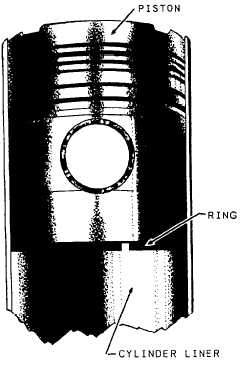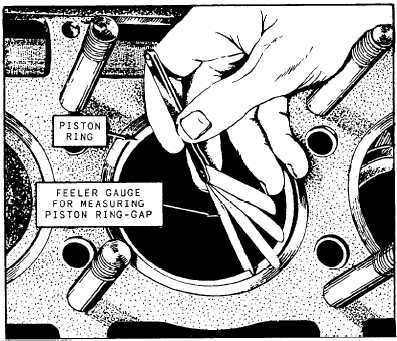Figure 3-20.—Ring groove shoulders due to wear.
usually requires replacement of the piston since the
shoulders prevent the proper fitting of new rings.
After determining that a piston is serviceable,
inspect the rings carefully todetermine whether they can
be reused. If they do not meet specifications, you must
install new rings.
When installing rings, measure the gap with a feeler
gauge. To measure the gap, place the new rings inside
the cylinder liner (fig. 3-21, view A) or in a ring gauge.
When the gap is measured with the ring in the liner (fig.
3-21, view B), two measurements are necessary—one
just below the upper limit of ring travel, and the other
within the lower limit of travel. These measurements are
necessary because the liner may have a slight amount of
taper caused by wear. The ring gap must be within the
limits specified in the manufacturer’s technical manual.
If the gap of a new ring is less than specified, file the
ends of the ring with a straight-cut mill file to obtain the
proper gap. If the gap is more than specified, install
oversized rings.
To measure the ring gap of used rings, hold the rings
in place on the piston with a ring compressing tool (fig.
3-22). But before you measure the ring gap with the ring
on the piston, first measure the piston for wear and
out-of-roundness.
After ensuring the proper gap clearance, you can
reinstall the piston pin and connecting rod. During
reassembly and installation of a piston and connecting
rod assembly, be sure that all parts are well lubricated.
Install the rings on the piston with tools similar to those
used for ring removal. When installing piston rings,
spread them as little as possible to avoid breaking the
rings. Insert the lowest ring first. When all the rings have
Figure 3-21.–A. Leveling a piston ring. B. Measuring ring gap clearance in a cylinder bore.
3-15





